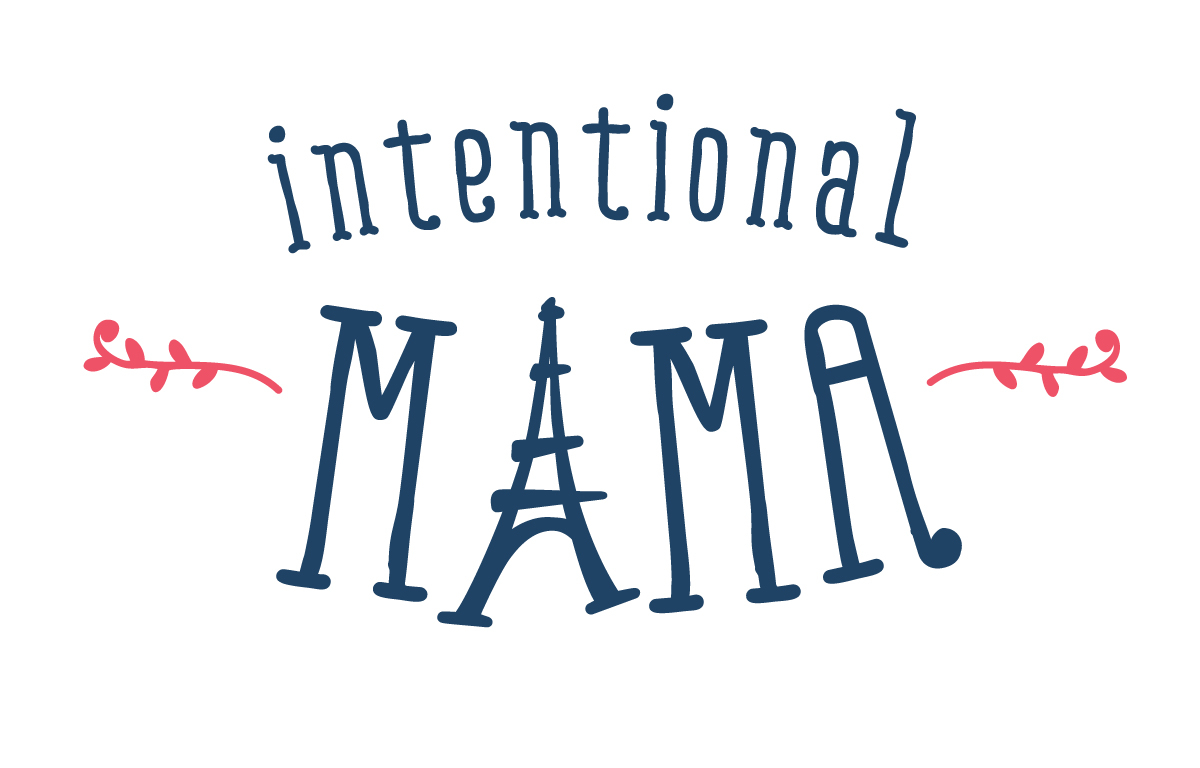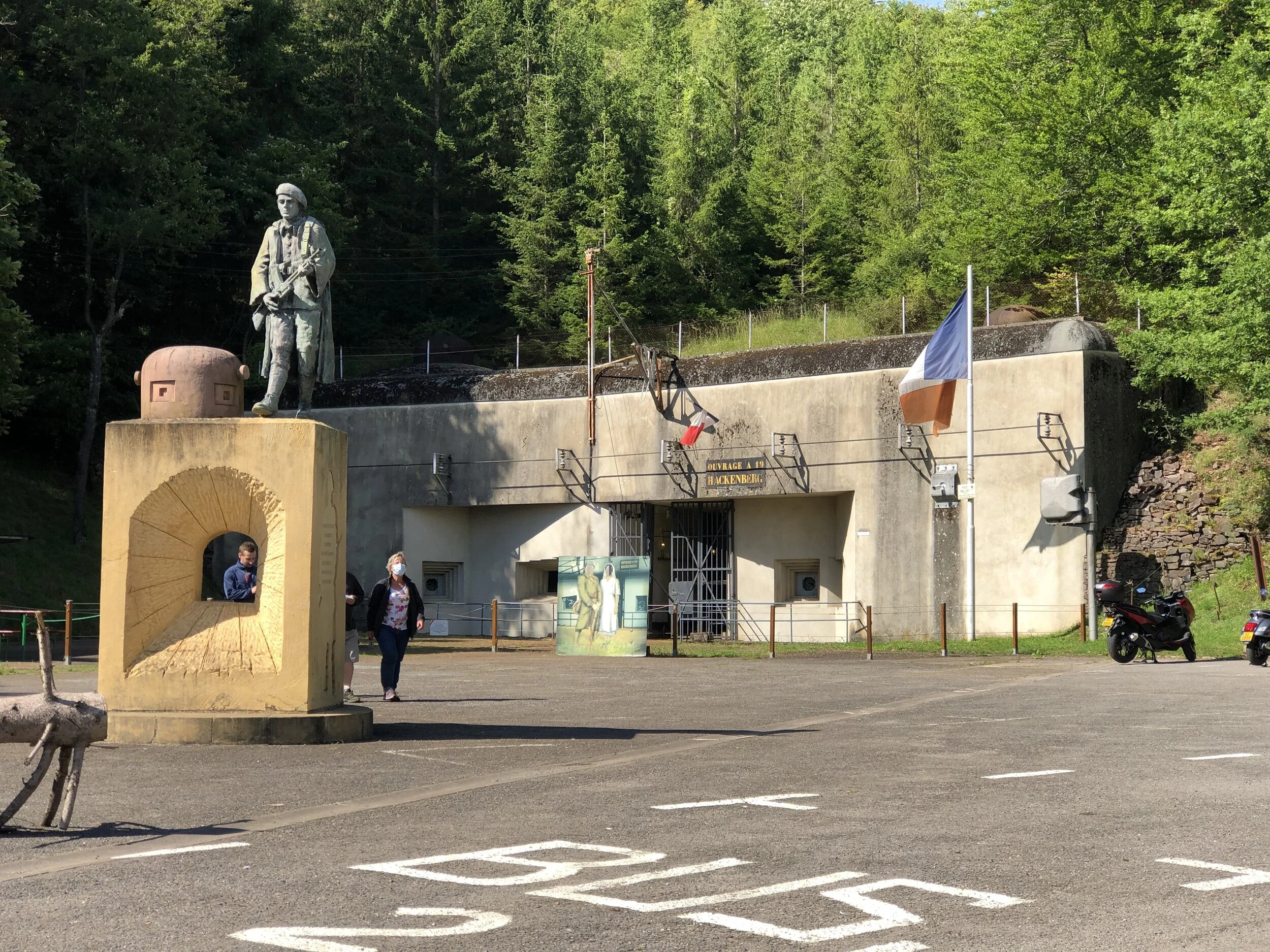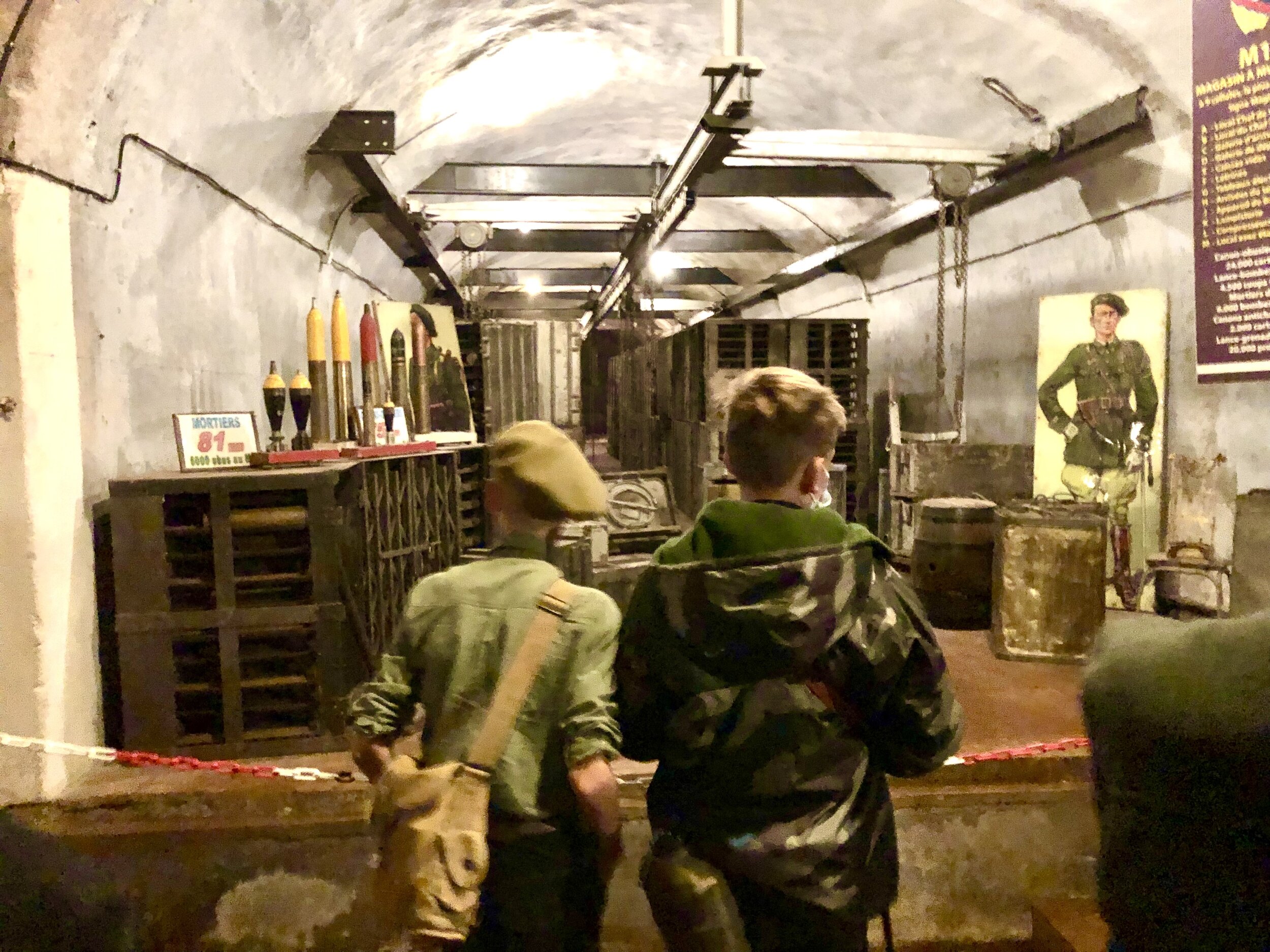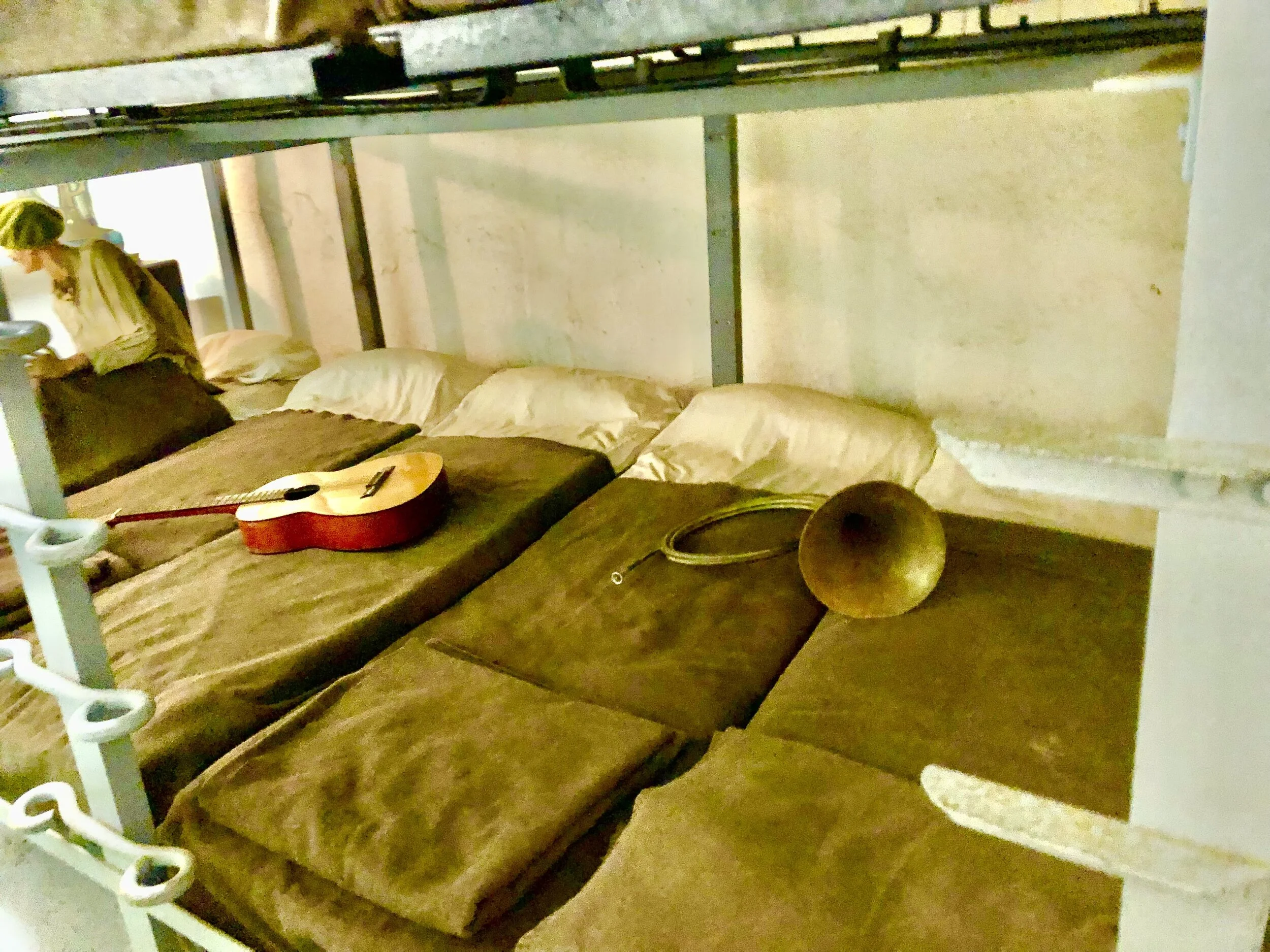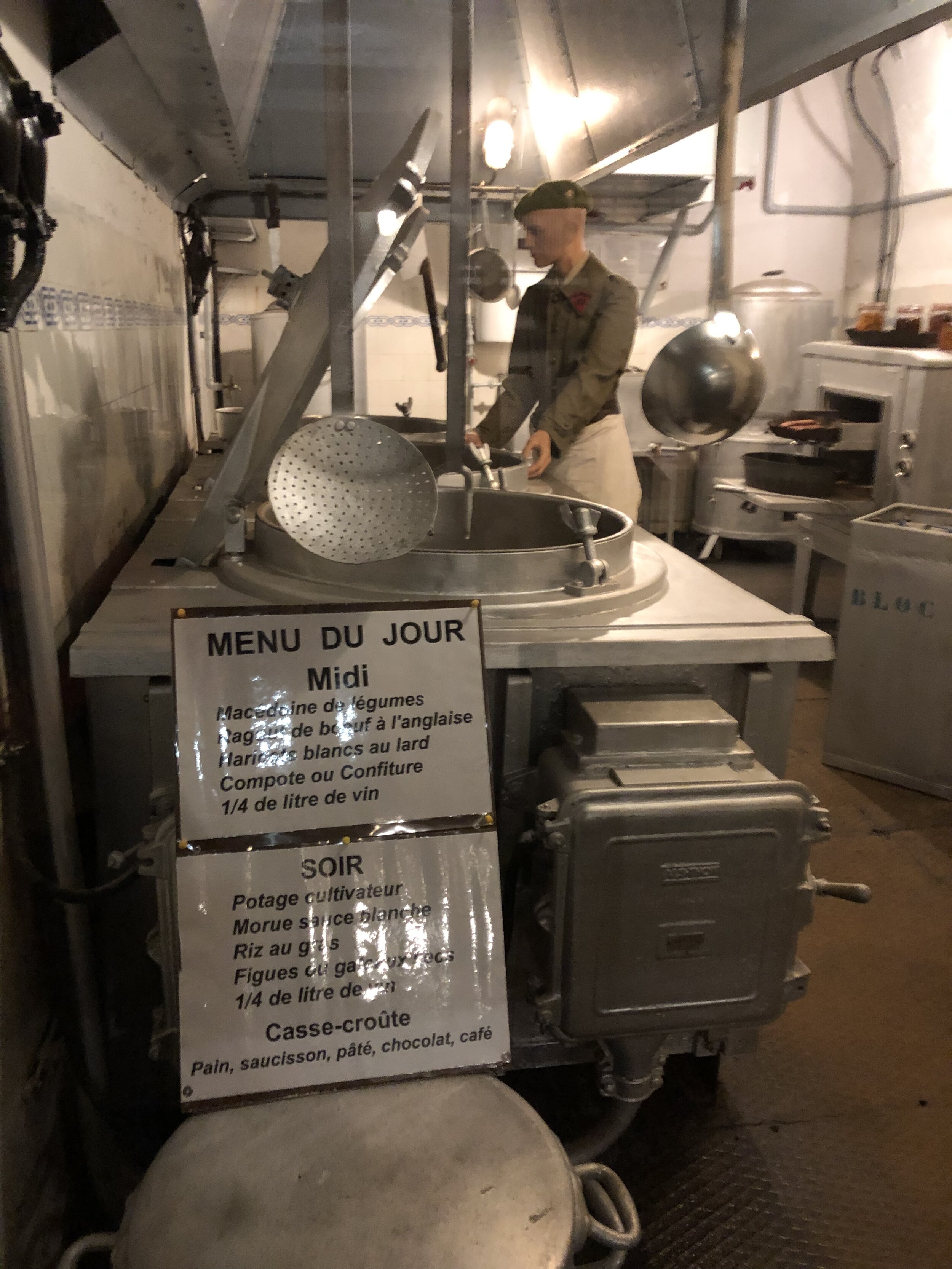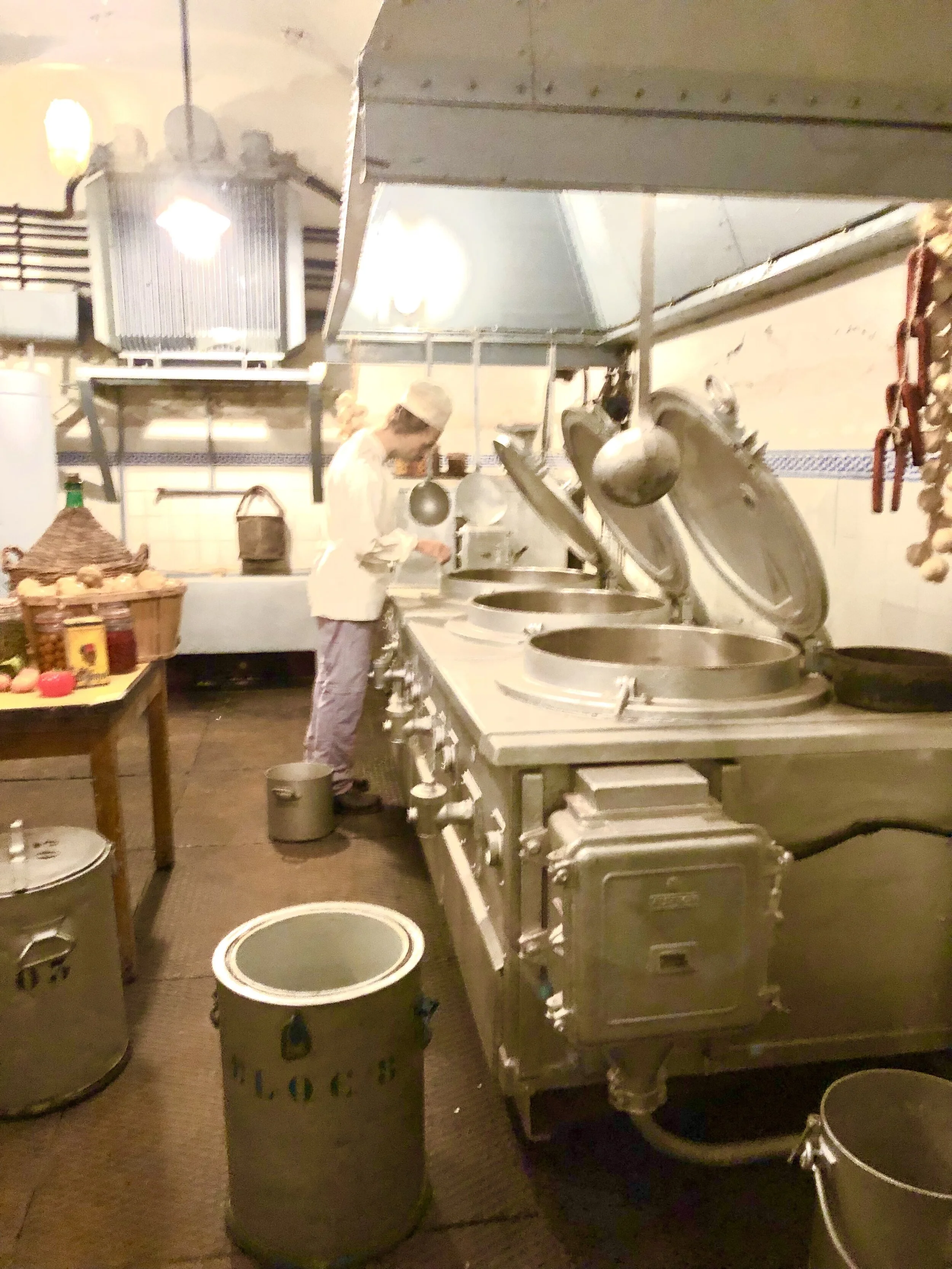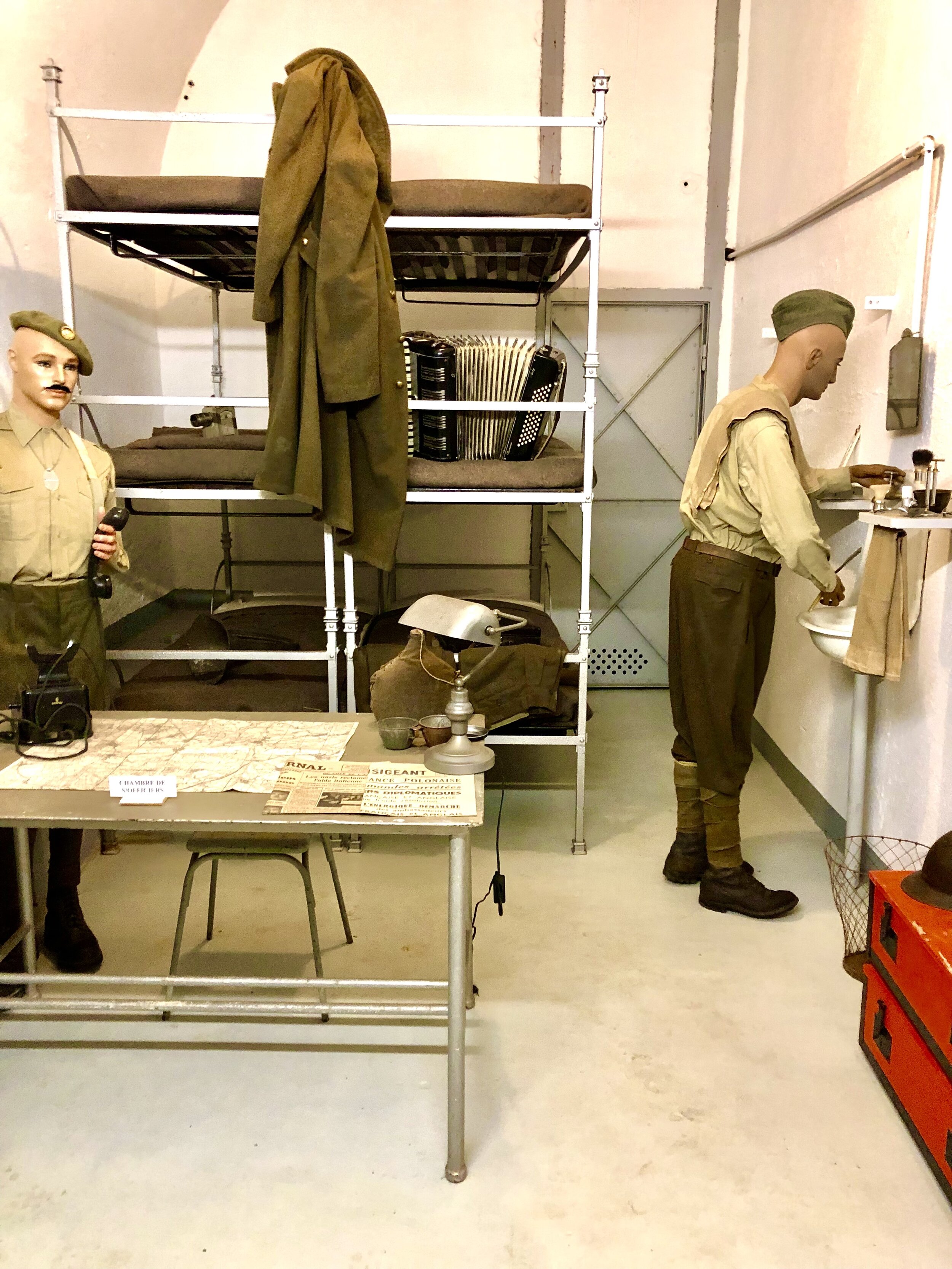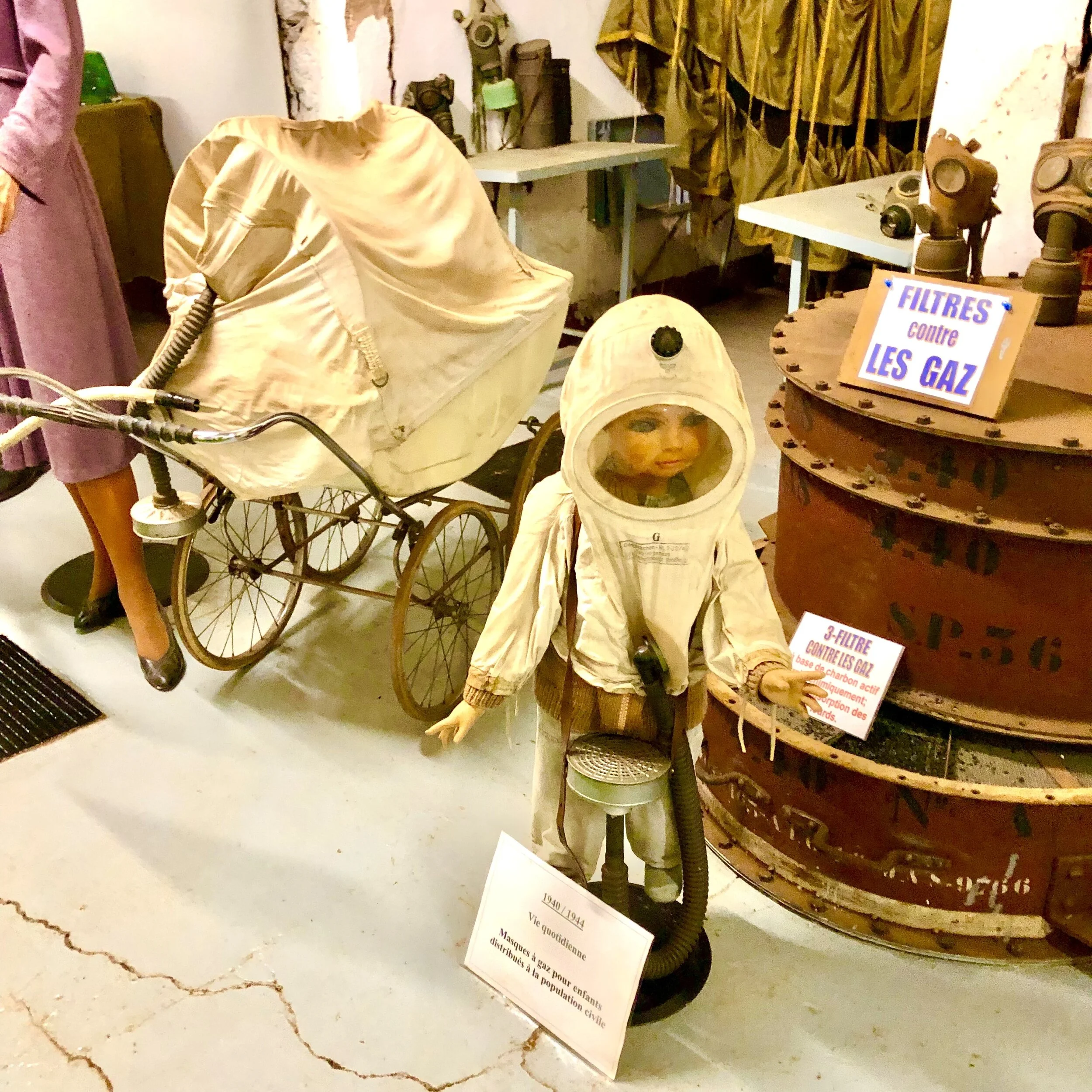Hackenberg Fort on the Maginot Line: A Family Tour of the Underground Bunker
After an afternoon spent visiting the historic sites of Verdun, our second day trip from Metz was a visit to the underground bunker Hackenberg, which was built as a fortification on the Maginot Line of defense roughly twelve years after WWI. Ouvrage Hackenberg is a 45-minute drive northeast of Metz, just 20km from the French-German border since the Maginot Line was a string of defensive sites intended to prevent against German or Italian invasion. I didn’t know quite what to expect at this underground fort, but I knew it was one of the largest bunkers on the line and I figured this experience would help my children and I grasp what the Maginot Line had been.
Entrance to ouvrage Hackenberg, Moselle, France, on the former Maginot Line
A reminder of the American liberation of Hackenberg Fort from German occupation, November 1944.
The drive was into verdant countryside on rural highways, finally zigzagging down into a green valley with signs guiding us the last 5km or so. There’s no street address, but we followed the route militaire into Veckring (57920). An American tank sits at the final turnoff, seemingly out of place in the pastoral setting.
Hackenberg Fort is a concrete bunker carved deep into a hillside ridge facing Germany. At the entrance are picnic tables and toilets for visitors, both appreciated after the remote drive. We had not called ahead to make reservations, but I had seen on their website that their only daily tour, a two-hour experience, is at 2:30pm and that we needed to arrive at 2:15pm. There were about 15 others waiting ahead of us but we were able to join the tour without a problem. It appeared that the tour is always given by a seasoned volunteer who knows the bunker’s huge layout quite well. Tours are only offered in warmer months, mid-May through early November.
Walking through the beginning of the underground galleries at Hackenberg
A map of the thousands of meters that comprise Hackenberg’s underground fortifications
We followed our French tour guide down the longest gallery (roughly 1,000m) where tanks, artillery guns, and ammunition were stored along one side. The echoing of any scuffling feet or whispered words beyond our covered mouths made it challenging for me to understand the guide’s commentary. Nonetheless, I can tell you why Hackenberg was built. For defense, yes, but the important context is that WWI decimated the French population of able-bodied men, as did the Spanish Flu, and so French War Minister André Maginot decided in the late 1920s that a string of military bunkers, weapons, and strongholds were needed to deter and defend against invasion by the Germans or Italians. This fort provided some firing defense against the Germans in early 1940, but as history shows, the Germans never directly attacked any of the fortifications on Maginot line but went around them entirely by passing through the Low Countries into Northern France later in 1940. Hackenberg was then reluctantly surrendered to the Germans during this occupation of France. The only battle later occurring at Hackenberg was during the three days when American forces liberated the bunker from the Germans in November 1944. Today you can still see the damage from this firing exchange in the rear of the fort along with a French memorial to the Americans who fought here.
Emerging from the bunker on the rear side of the fort where it was damaged during the American operation
Be forewarned: the bunker is a little over 90 meters underground and therefore it is damp and chilly. For a temperate July day we didn’t dress particularly warmly, but thankfully we weren’t miserable either. Admittedly, our required Covid masks helped warm our breath. Still, it reminded me of my previous cave explorations in Central Oregon where I could nearly see my breath in the air despite the deep darkness. That said, there is sporadic electric lighting on the upper walls (thanks to a massive engine room which we saw later).
Hackenberg electric train photo by Mike
We walked through an enormous metal blast door to the tracks of a noisy metallic “train” that we twice rode for five or ten minutes at a time to other portions of the bunker. Our guide explained in French that the train was originally for transporting ammunition and equipment to other sections. The kids loved this experience, with the cold wind rushing past and the sense that we were hurtling down endless tunnels at an increasing speed. Even so, the overwhelming sounds of the metal wheels and wagons scraping and squealing against other metal parts as we picked up speed, however, was enough to make us all want to cover our ears despite our grins.
Soon we arrived at the rooms that made extended stays here possible for soldiers: sleeping barracks, kitchens, electric and boiler rooms, and so forth. Some of the rooms featured mannequins to give us visitors a sense of daily life during the bunker’s occupation.
Boys on our tour (one wearing a vintage military uniform) observing the ammunition storage at Hackenberg
Gas masks for children and baby carriages distributed during World War II
Watching the turret turn 360 degrees for launching twin bombs in any direction
As the tour neared its end, the underground rooms display a museum of guns and ammunition, war memorabilia, uniforms, gas masks, and other realities of wartime life. The guide showed how a massive turret with twin bomb launchers was operated, along with a grenade launcher and a howitzer, and then we finally emerged onto a beautiful grassy ridge where we could see how the same turret could be rotated on a 360 degree turntable to fire in any direction. That was interesting, and it was equally amazing to see how little of the bunker was visible on the ridge. At the same time, I was struck by what a pleasant place the ridge was on this summer day, particularly in contrast to the seemingly sterile, dark, and damp environment below. It would have been a challenging assignment indeed to remain in the bunker for more than a few hours at a time. This bunker was maintained by the army until 1968 as a Cold War deterrent against possible Soviet attack, but it was finally made public to visitors on tours starting in 1975. The fact that we can still tour this bunker in our present time suggests optimistically that our days remain more peaceful than those the bunker has seen in the past. Long before the Maginot Line existed, Roman General Vetigius stated, “If you want peace, prepare for war.” Even after touring this impressive bunker, however, I beg to differ. Prepare for war, but pray for peace.
The hilltop above of Hackenberg, idyllic on a summer afternoon
Which wartime facilities have you toured? Have you ever spent time on a military base or in a branch of the military? What military stories have been woven into your family’s history? What do believe is essential for peace?
